My name is Tyler. The dæmon is named Oliver. He takes the form of a Belted Kingfisher and Gyrfalcon. Just a place for me to reblog HDM and dæmon stuff. Feel free to ask me things. Profile art by @purple-winged-angel
Don't wanna be here? Send us removal request.
Text
I often see people doing analysis of animals or providing dæmons for people based on their personality assessments. However, I think it would be cool to give someone a character description (like you might get from a short bio of someone in a book) and see what sort of dæmons they think would fit.
3 notes
·
View notes
Text
the date in which his dark materials is set is ambiguous but since the amber spyglass was published in 2000 this year marks 25 years of lyra and will spending midsummer's day in their respective botanic gardens.....so what i'm saying is who would like to join me in oxford on 24th june for the silver anniversary of the bench??
113 notes
·
View notes
Text
I often see people doing analysis of animals or providing dæmons for people based on their personality assessments. However, I think it would be cool to give someone a character description (like you might get from a short bio of someone in a book) and see what sort of dæmons they think would fit.
3 notes
·
View notes
Text
The EASTERN KINGBIRD (Tyrannus tyrannus) is a large tyrant flycatcher native to the Americas. Eastern kingbirds are socially fluid, somewhat loyal, but fickle, flexible and not particularly picky or fussy. Eastern kingbirds are migratory but conspicuous, commonly found in areas with scattered trees and bushes, where they perch while foraging for insects: these birds are habitual, patient and very stubborn. These birds may nest in open fields, in shrubs over open water, high up in trees, and even in the tops of small stumps: they are ambitious and bold, not easily cowed, but anxious. Dutiful and hardworking, yet possessive, eastern kingbirds are assertive, defensive and protective, and will aggressively defend their territory, even from much larger birds. These birds are hugely dogged, and in fights may lock feet together, pull out feathers, or even fall to the ground. Eastern kingbirds catch insects midair during spring migration, making them resourceful. Eastern kingbirds fly quickly and directly without gliding: they are frank, blunt and precise. Eastern kingbirds are communicative and expressive, active, and somewhat hostile.
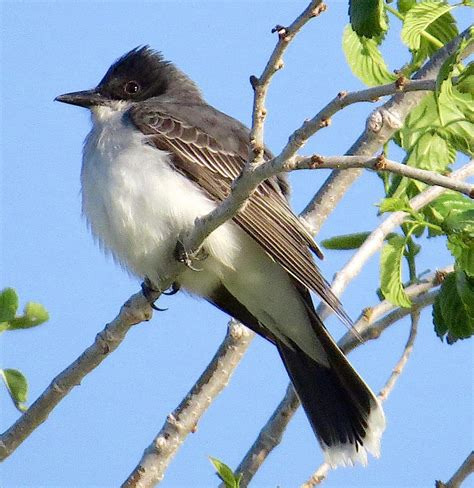
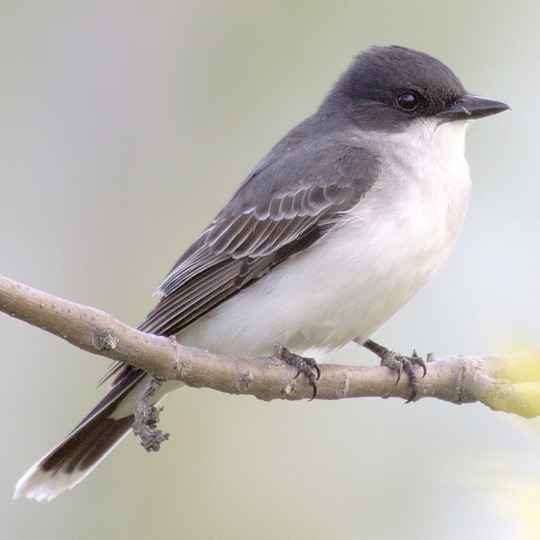
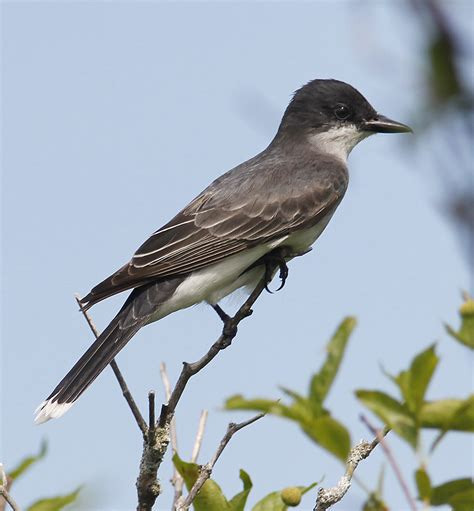
8 notes
·
View notes
Note
Would you be able to do an analysis for a white-nosed coati? :-) ty!!
The white-nosed coati (Nasua narica), also known as the coatimundi, is a species of coati with small ears and a long, pointed snout. Some characteristics of a white-nosed coati daemon might be:
Bold, individualistic
Cliquish
Habitual, tolerant, relaxed [1]
Docile [2]
Opportunistic, intelligent, curious [2]
Steady, intuitive [3]
Adaptable [4]
Determined, resilient, stubborn [5]
Efficient [6]
Easy-going, cooperative [7]
Expressive, affectionate, playful [8]
Loyal
Forgiving

Coatis are diurnal and do much of their foraging during the day, with nights spent in treetops sheltered from most predation.
Coatis are omnivores and forage mostly on the ground for small vertebrates, carrion, insects, snakes and eggs.
Coatis can climb trees easily and use their tail for balance.
Coatis will occupy many different types of habitat, from tropical lowlands to high-altitude forests.
Coatis will travel up to 2000 meters in a single day in a quest for food.
When hunting, coatis will force vertebrates to the ground with their paws and kill by a bite to the head.
Coatis are known pollinators of the balsa tree.
Coatis are very vocal, and often engage in play behaviour in the wild.
12 notes
·
View notes
Note
Would love to hear your take on stoat dæmons!
The stoat (Mustela erminea), also known as the Eurasian ermine or ermine, is a species of mustelid native to Eurasia and the northern regions of North America. Some characteristics of a stoat daemon might be:
Opportunistic, sly, lazy [1]
Shrewd, discreet, savvy
Sensible [2]
Docile, spineless, submissive [3]
Adaptable, hardy [4]
Ambitious, determined, stubborn [5]
Efficient, forceful [6]
Quiet [7]
Blunt, honest [7]
Nervous, paranoid, alert [8]
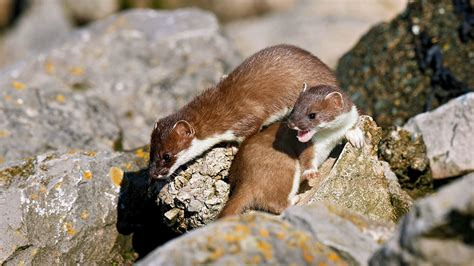
The stoat does not dig its own burrows, instead using the nest chambers of the rodents it kills.
The skins and underfur of rodent prey are used to line these nest chambers.
Submissive stoats express their status by avoiding higher-ranking animals, fleeing from them or making whining or squealing sounds.
The stoat also inhabits old and rotting stumps, under tree roots, in heaps of brushwood, haystacks, in bog hummocks, in the cracks of vacant mud buildings, in rock piles, rock clefts, and even in magpie nests.
The stoat regularly preys on larger rodent and lagomorph species, and takes on individuals far larger than itself.
The stoat seeks to immobilise large prey such as rabbits with a bite to the spine at the back of the neck.
The stoat is a usually silent animal, but can produce a range of sounds similar to those of the least weasel.
The stoat regularly stands alert on the hind legs.
7 notes
·
View notes
Note
Would you be interested in doing an analysis of ravens?
The common raven or northern raven (Corvus corax) is a large all-black passerine bird. Some characteristics of a common raven daemon might be:
Loyal, dedicated [1]
Vigilant, aware, paranoid [2]
Bold, assertive, loud [3]
Adaptable, hardy [4,9]
Serious
Smart, sly, savvy [5]
Playful, cheeky [6]
Affectionate
Intuitive [7]
Expressive, manipulative [8]
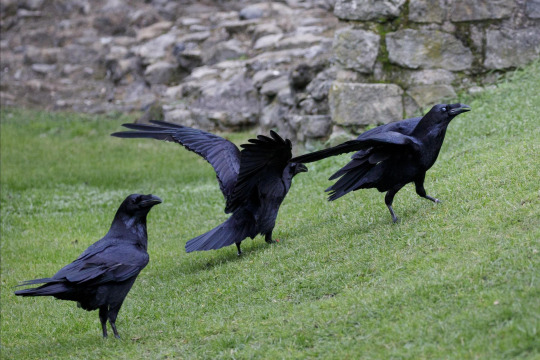
Common ravens usually travel in mated pairs, although young birds may form flocks.
Ravens are quite vigorous at defending their young and are usually successful at driving off perceived threats.
Common ravens attack potential predators by flying at them and lunging with their large bills.
Common ravens are omnivorous and highly opportunistic: their diet may vary widely with location, season and serendipity.
The brain of the common raven is among the largest of any bird species.
Juvenile common ravens are among the most playful of bird species. They have been observed to slide down snowbanks, apparently purely for fun. They even engage in games with other species, such as playing catch-me-if-you-can with wolves, otters and dogs.
Common ravens are one of only a few wild animals who make their own toys. They have been observed breaking off twigs to play with socially.
Like other corvids, the common raven can mimic sounds from their environment, including human speech. Non-vocal sounds produced by the common raven include wing whistles and bill snapping.
Common ravens live in a wide array of environments but prefer heavily contoured landscapes.
8 notes
·
View notes
Note
I would be very curious of yours thoughts about the american pine marten...
The American marten (Martes americana), also known as the American pine marten, is a species of North American mammal and a member of the family Mustelidae. Some characteristics of an American marten daemon might be:
Compliant, tolerant [1]
Opportunistic [2]
Polite, obliging, tactful [3]
Prepared [4]
Frantic, scattered
Sensitive
Private, reserved [5]
Curious, playful
Ambitious [6]
Sly, tricky
Disloyal, flaky [7]

American marten may be nocturnal or diurnal.
American marten are opportunistic predators, influenced by local and seasonal abundance and availability of potential prey.
American marten may be important seed dispersers; seeds generally pass through the animal intact, and seeds are likely germinable.
Where deep snow accumulates, American marten prefer cover types that prevent snow from packing.
American marten are solitary except during the mid-summer breeding season.
American martens are somewhat arboreal (tree dwelling).
American martens rarely reuse resting sites and will travel throughout their territory without making use of frequent paths or trails.
7 notes
·
View notes
Note
I was wondering if you would be open to doing an analysis of a swan? Any species of white swan is ok.
The mute swan (Cygnus olor) is a species of swan and a member of the waterfowl family Anatidae. Some characteristics of a mute swan daemon might be:
Loyal [1]
Habitual, frugal [1]
Passionate, spirited
Adaptable [2]
Private [3]
Blunt, frank, direct [4]
Quiet, serious
Proud
Aggressive, defensive, protective [5]
Forceful, efficient [6]
Confident, hostile [7]

Mute swans are monogamous and often reuse the same nest each year, restoring or rebuilding it as needed.
Mute swans feed on a wide range of vegetation, both submerged aquatic plants which they reach with their long necks, and by grazing on land.
Mute swans are usually strongly territorial with just a single pair on smaller lakes, though in a few locations where a large area of suitable feeding habitat is found, they can be colonial.
The mute swan is less vocal than the noisy whooper and tundra swans; they do, however, make a variety of sounds, often described as "grunting, hoarse whistling, and snorting noises."
Mute swans can be very aggressive in defence of their nests and are highly protective of their mate and offspring.
Swans will kill intruders into their territory, both other swans, and geese and ducks, by drowning, climbing onto and pecking the back of the head and forcing the other bird underwater.
The familiar pose with the neck curved back and wings half raised, known as busking, is a threat display.
8 notes
·
View notes
Note
hii would you do an analysis for a muntjac deer? im thinking southern red muntjac but it doesnt need to be that specific :) tysm!
The Southern red muntjac (Muntiacus muntjak) is a deer species native to Southeast Asia. Some characteristics of a southern red muntjac daemon might be:
Adaptable [1]
Communicative [2]
Direct, honest
Alert, wary, anxious [3]
Perceptive
Independent, solitary [4]
Social [5, 6]
Possessive [6, 8]
Not picky, flexible [7]
Defensive, competitive [8]
Violent [9]
Cautious, guarded [10]
Practical, sensible [10]
Smart

The Southern red muntjac has a short but very soft, thick, dense coat that is more dense in cooler regions.
The southern red muntjac is also called "barking deer" due to the bark-like sound that it makes as an alarm when danger is present.
Southern red muntjacs are highly alert creatures.
Other than during the rut (mating season) and for the first six months after giving birth, the adult muntjac is a solitary animal.
Southern red muntjacs are polygamous animals.
Adult southern red muntjacs exhibit relatively large home range overlap both intersexually and intrasexually, meaning that strict territorialism does not occur but some form of site-specific dominance exists.
Muntjacs are distinguished from other even-toed ungulates in showing no evidence of a specific breeding season within the species.
Males often fight between one another over over territories, sufficient vegetation, and for primary preference over females.
When fighting, they use their short antlers and an even more dangerous weapon, their canines.
Females usually give birth in dense growth so that they are hidden from the rest of the herd and predators.
5 notes
·
View notes
Note
May I humbly request some Golden Eagles?

Golden Eagle (Aquila chrysaetos), female, family Accipitridae, order Accipitriformes, Segovia, Spain
photograph by Jorge de la Cruz

Golden Eagle (Aquila chrysaetos), female, family Accipitridae, order Accipitriformes, Czech Republic
photograph by Martin Mecnarowski
334 notes
·
View notes
Text

Greg Beecham @gregbeechamstudio, The Queen's Reach, 2014, oil on linen.
3K notes
·
View notes
Photo

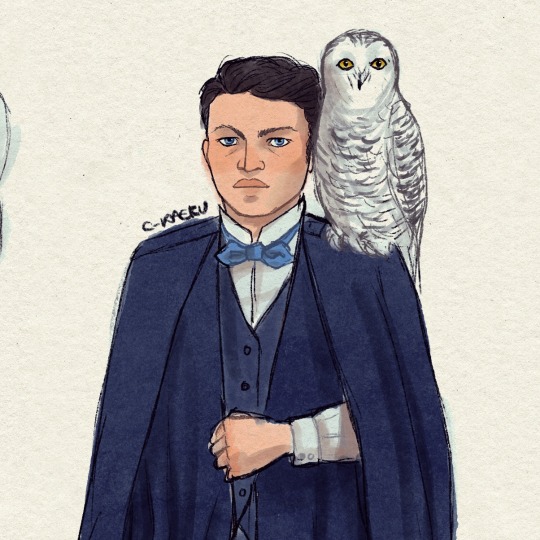
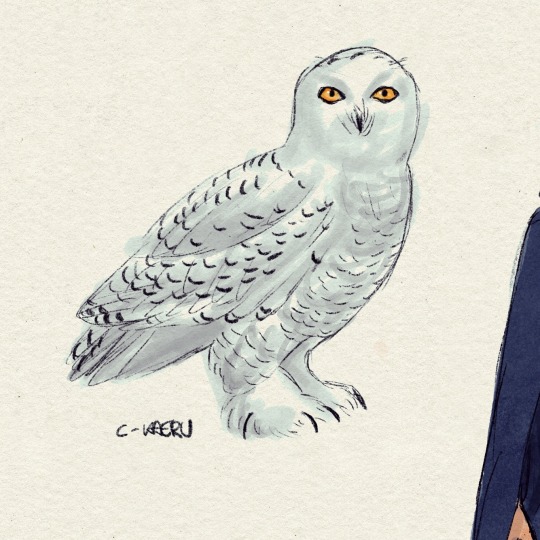
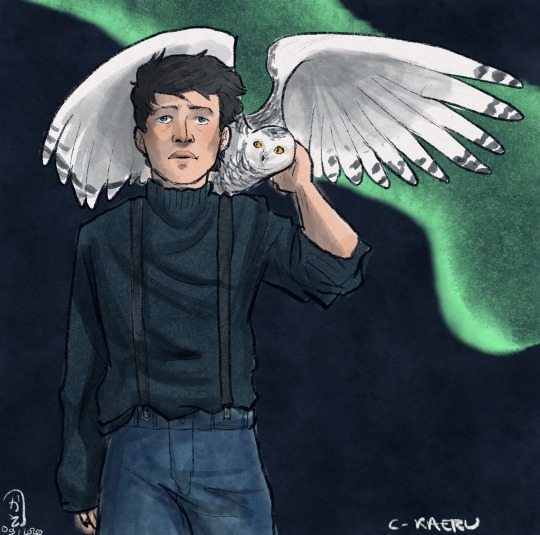
Sooooo…
Is anyone here a fan of His Dark Materials too? I’ve been re-reading the books in English lately, and man they’re really my favorites. I also started watching the series and so far it’s not bad! Which leads me to this…SPN HDM AU because I’m trash…
So Cas got an owl dæmon, and he’s a high ranking member of the magisterium because of his family heritage. His whole world collapses when he discovers the atrocities they’re doing and he ends up joining the Gyptians in their quest against the gobblers, or some shit like that. (You probably guess where this is going, Dean and Sam are Gyptians hehehe) Overall I just think I wanted to draw him in cool clothes with a dæmon hahaha (And I really enjoyed drawing that owl hehe tho idk what her name is) (For those not familiar with the HDM universe, there is several worlds but in the one we follow there’s witches, talking intelligent bears, and the humans souls take an external form as an animal, called dæmon, always the opposite sex as the human. Dæmons can take any animal form until the human reaches puberty, then it settles on one form. (Man I really love this world) )
276 notes
·
View notes
Photo

Sam and his Lynx Daemon from this AU qkdjgsdkhghlj
(doesn’t look like Sam (he’s supposed to be like 18-20 here) but anyway yooo at least I managed the cat lmao)
104 notes
·
View notes
Text
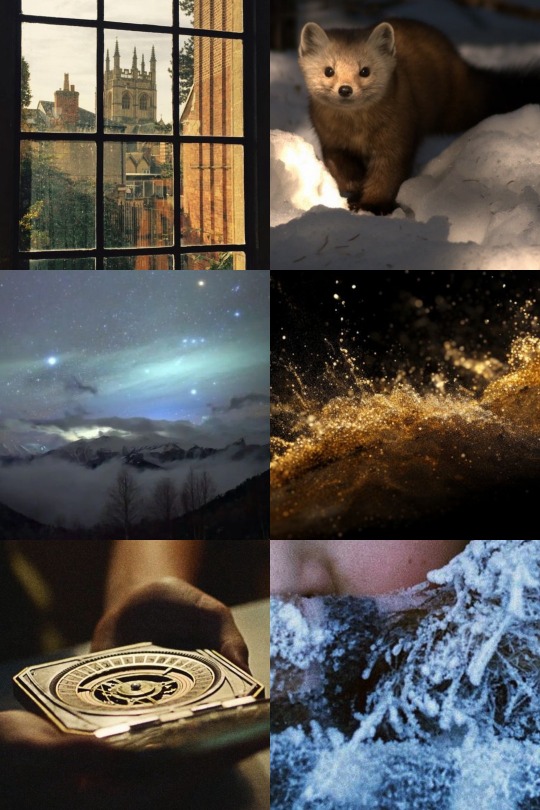
"His Dark Materials", by Philip Pullman.
"One moment several things are possible, the next moment only one happens, and the rest don't exist. Except that other worlds have sprung into being, on which the did happen.", from The Golden Compass.
"The first ghost to leave the world of the dead was Roger. He took a step forward, and turned to look back at Lyra, and laughed in surprise as he found himself turning into the night, the starlight, the air... and then he was gone, leaving behind such a vivid little burst of happiness.", from The Amber Spyglass.
68 notes
·
View notes

